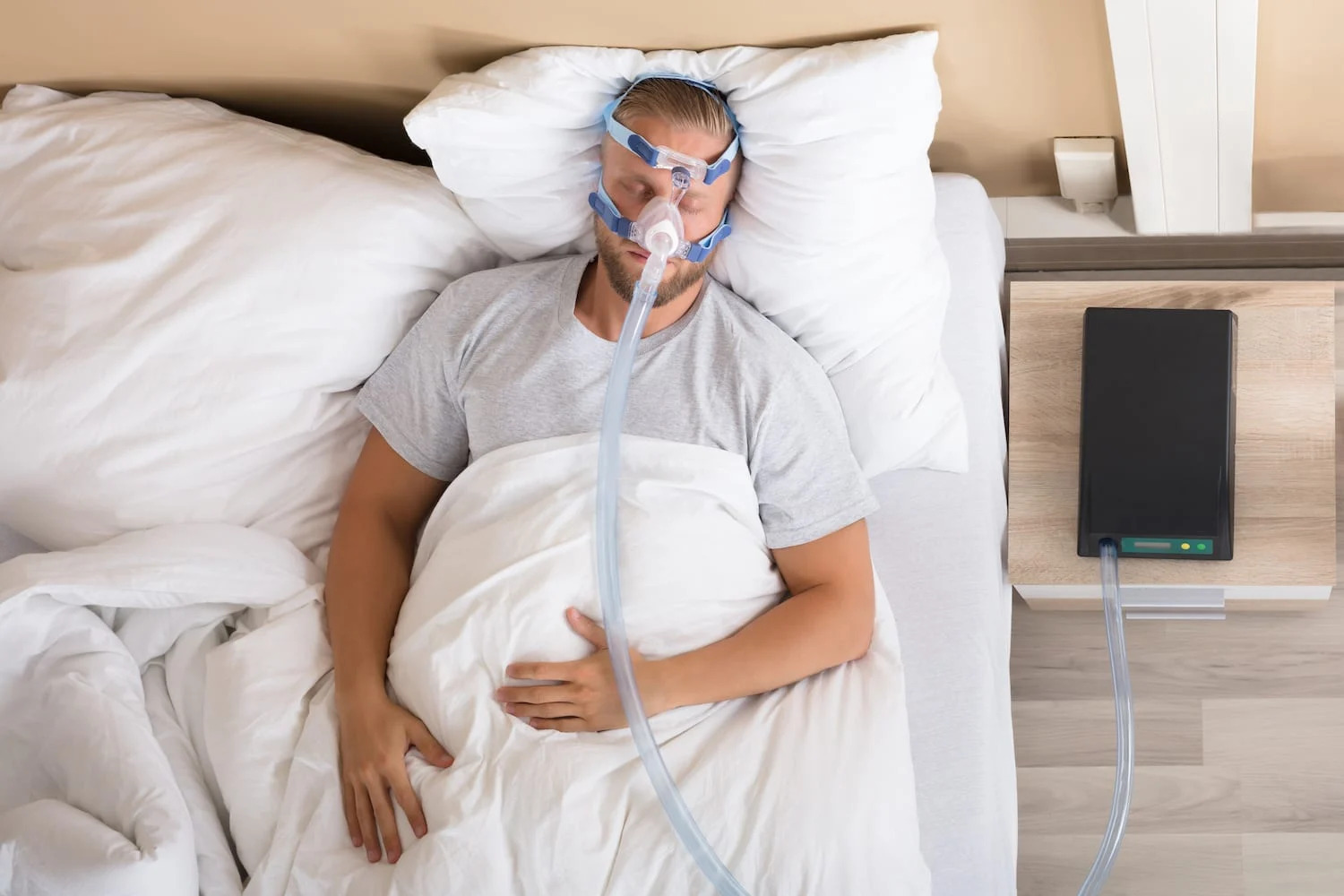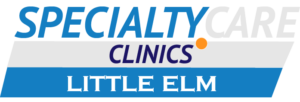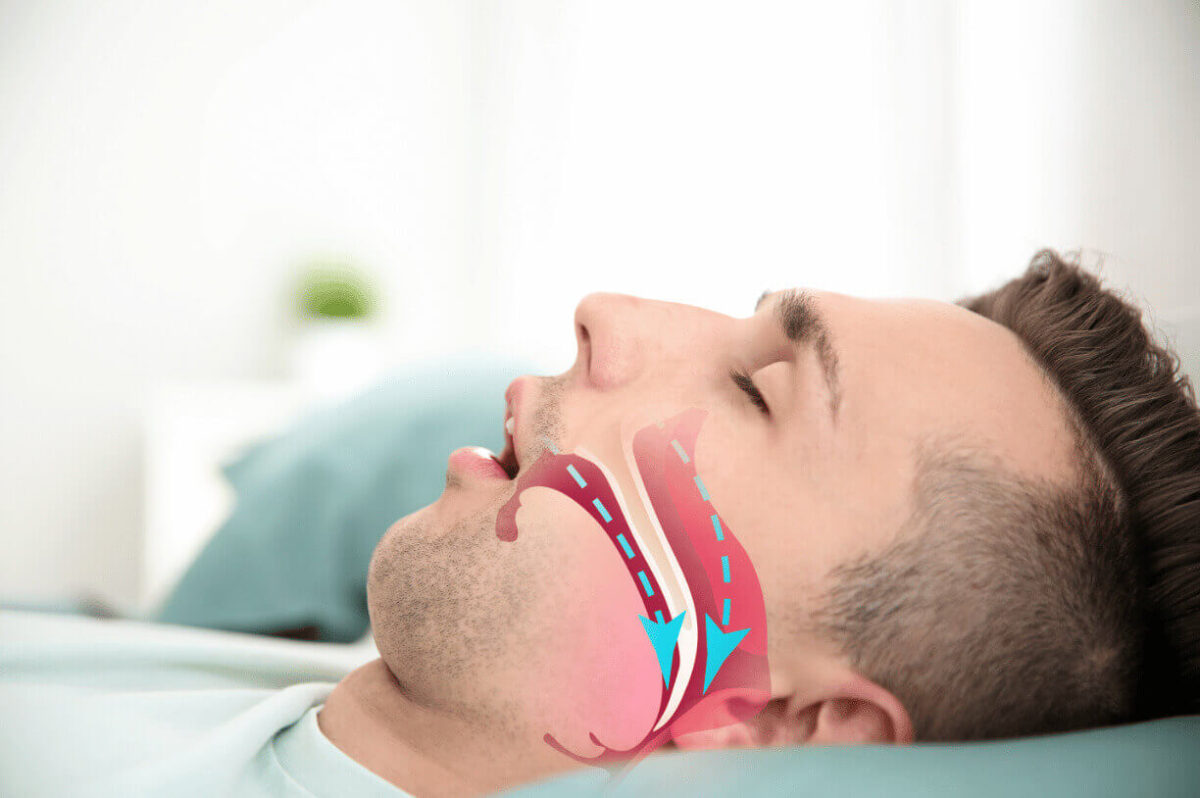The Silent Disruptor: What is Sleep Apnea?
In the quiet moments of the night, as the world settles into a restful slumber, some individuals find themselves grappling with a silent but potentially serious adversary – sleep apnea. This sleep disorder, characterized by interruptions in breathing during sleep, affects millions worldwide. This article aims to delve into the intricacies of sleep apnea, exploring its symptoms, diagnosis, and a comprehensive overview of available treatment options.
Understanding Sleep Apnea:
Sleep apnea is a sleep disorder marked by recurrent pauses in breathing during sleep. These interruptions, known as apneas, can last for seconds to minutes and may occur multiple times per hour. The two primary types of sleep apnea are obstructive sleep apnea (OSA) and central sleep apnea (CSA). OSA is the more common form, involving a physical blockage of the airway, while CSA results from a failure of the brain to send the appropriate signals to the muscles to initiate breathing.
Unmasking the Symptoms of Sleep Apnea
Recognizing the symptoms of sleep apnea is crucial for timely intervention. Common signs include loud snoring, gasping or choking during sleep, abrupt awakenings accompanied by a sensation of choking, excessive daytime sleepiness, difficulty concentrating, and irritability. Bed partners or family members may notice pauses in breathing followed by loud snorts or gasps.
Decoding the Diagnosis Process
If sleep apnea is suspected, a thorough evaluation is essential. Diagnosis often involves a sleep study, also known as polysomnography, which monitors various physiological parameters during sleep. Home sleep apnea tests are also available for certain cases. These diagnostic tools help determine the severity of sleep apnea and guide the selection of appropriate treatment options.
Tailoring Treatment to the Individual
The approach to treating sleep apnea varies based on the type and severity of the condition. Lifestyle modifications, continuous positive airway pressure (CPAP) therapy, oral appliances, surgery, and positional therapy are among the diverse range of treatment options available.
Lifestyle Modifications for Sleep Apnea
In mild cases of sleep apnea, lifestyle changes can make a significant impact. Weight loss, avoiding alcohol and sedatives before bedtime, and altering sleep position are strategies often recommended. Additionally, establishing a regular sleep routine and optimizing sleep hygiene can contribute to symptom improvement.
The CPAP Revolution

Continuous Positive Airway Pressure (CPAP) is a standard and highly effective treatment for moderate to severe obstructive sleep apnea. A CPAP machine delivers a continuous stream of air through a mask, preventing the airway from collapsing during sleep. Despite its efficacy, adherence to CPAP therapy can be challenging for some individuals.
Oral Appliances as Alternatives
For those who cannot tolerate CPAP, oral appliances may provide a viable alternative. These devices reposition the jaw and tongue to keep the airway open. While generally well-tolerated, their effectiveness may vary depending on the individual and the severity of the condition.
Surgical Interventions: Last Resort Options
In cases where other treatments are ineffective or impractical, surgical interventions may be considered. Surgical options include uvulopalatopharyngoplasty (UPPP), genioglossus advancement (GA), and maxillomandibular advancement (MMA). These procedures aim to address anatomical issues contributing to airway obstruction.
Positional Therapy
Positional therapy focuses on encouraging individuals to sleep in specific positions that reduce the likelihood of airway collapse. This approach is particularly relevant for those whose sleep apnea is predominantly positional in nature.
Emerging Therapies and Research:
The Future of Sleep Apnea Treatment
Ongoing research is exploring novel therapies and refining existing approaches to enhance treatment outcomes. Innovations such as hypoglossal nerve stimulation, upper airway stimulation, and myofunctional therapy are at the forefront of the evolving landscape of sleep apnea management.
Conclusion:
In the realm of sleep disorders, sleep apnea stands out as a potentially serious condition that demands attention. Understanding its symptoms, seeking timely diagnosis, and exploring tailored treatment options are crucial steps toward reclaiming restful nights and overall well-being. As advancements in sleep medicine continue, the future holds promise for more effective and patient-friendly approaches to managing sleep apnea.

